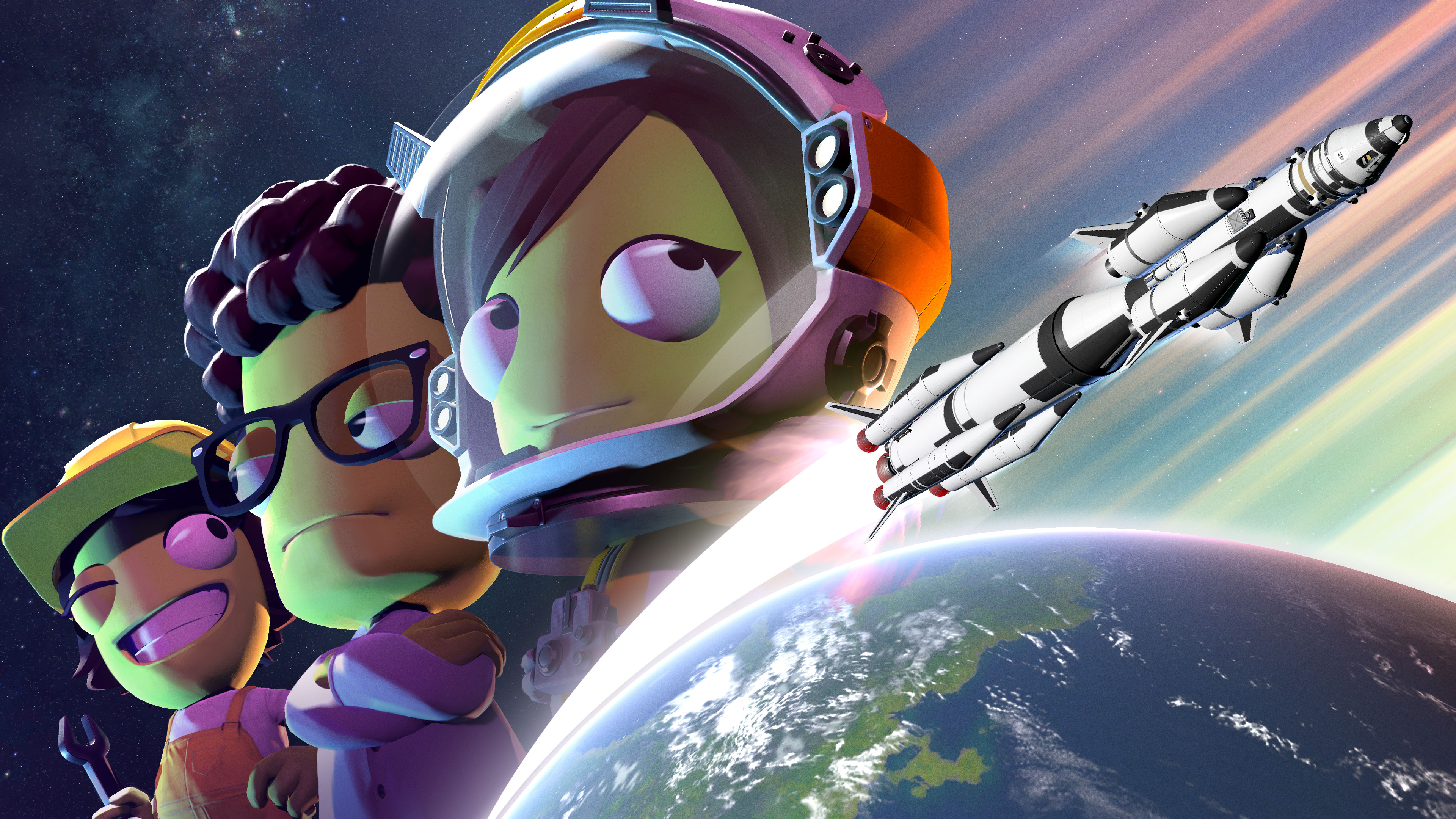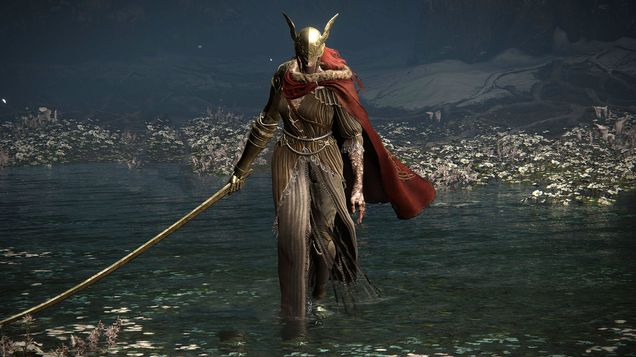
Here's what we learned about KSP2 during the PC Gaming Show 2023 Preview.
In October, Kerbal Space Program 2 developer Intercept Games announced that the long-delayed sequel is finally just a few planetary rotations away: it’ll be out in early access on February 24, 2023. Today creative director Nate Simpson joined the PC Gaming Show 2023 Preview to talk in-depth about the sequel, including what to expect on day one and what order further features will arrive in. If you, like me, are most excited for Kerbal 2’s addition of multiplayer, prepare for some minor heartache: we’re going to be waiting for that feature for a good while.
In our interview, Simpson said that after the early access launch, new features will be added to KSP2 in “staged rollouts.” First up will be science mode, a progression mode that “rewards exploration with increasing technology levels and new kinds of parts.” That’ll add some optional structure to the launch sandbox mode, which lets you build willy-nilly without having to unlock parts.
The next staged rollout will add colonies to KSP2, which Simpson says “are going to change everything.”
“Colony gameplay is about facilitating the collection of resources,” he says. “There’s a system that works hand-in-hand with colonies called the delivery route system. The way that system will work, when colonies are in place, is I can set up a colony using prefabricated parts I’ve brought to a site on a vehicle, and then the colony can bootstrap itself by constructing its own vehicles, including resource-extraction rovers. I can automate those missions: I can drive a resource extractor out to a resource deposit, drill for it, extract it, drive it back, and then turn that into a repeating delivery so that I’d continue to receive that resource over time. The colony gets the ability to utilize those resources to expand itself. Then the delivery route system does something even cooler: you can automate the transportation of resources from one colony to another colony. Once you have that capability you can set up orbital colonies that are functionally hubs, to which you’re ferrying resources from multiple star systems, even. It almost becomes like you’re building a trade network. That’s pretty exciting for me. Maybe most importantly, colonies are pretty fun to build. It’s still Kerbal, right? If you build a tower too tall, it’s still physical—it’ll fall over.”
The stage after colonies is interstellar travel. That order makes sense, because you’ll essentially have to have colonies to construct the massive vehicles needed to go interstellar. You’ll need to build interstellar ships in orbit, and they’ll be much more complicated than the ships needed to reach the Mun or another planet in the Kerbol system. Simpson mentioned the “mothership concept” as an example: building multiple landers and attaching them to a larger vessel, which has to travel vast distances over a period of years and years. This will require a new scale of parts not available at the start.
(Image credit: Intercept Games)
The Debdeb system is the first (and so far only named) star system that’ll be added to KSP2 as interstellar travel enters the game. And then, finally, we’ll get multiplayer.
Once interstellar travel is in place, KSP2 will have the “fundamental underpinnings for our complete career-equivalent mode,” Simpson says, which is now called exploration mode. Currency is out, and resources are in—the key driving force for exploration campaigns will be the resources you collect and transport between colonies and use to build new vessels.
“The mature game involves a lot of locating, extracting, processing resources at colonies, which then unlocks new capabilities,” Simpson says. “New resources can be used to develop new kinds of technology. Then there will be a delivery route system. Once we have all those things together we’re going to wrap it up with a nice big bow and deliver multiplayer, which I think a lot of us are very eager to experience.”
That wait’s going to be hard—I’m purely speculating here, but I imagine it’ll be at least a year of early access development before multiplayer arrives, given the complexity of colonies and interstellar travel. But Simpson did tease one particularly exciting detail about multiplayer: it’s not just going to be cooperative.




